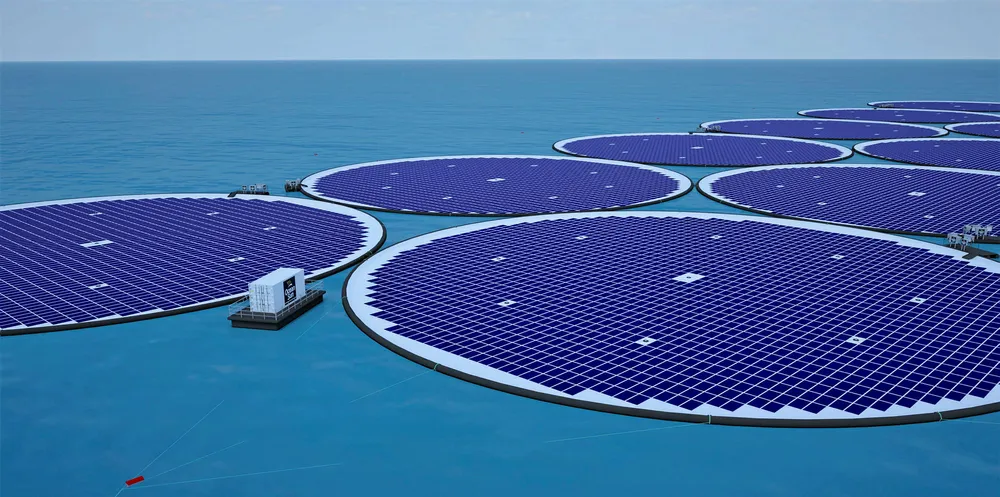Hydropower giant Statkraft kicks off floating solar pilot build in Albania
Norwegian developer to build step-wise 2MW array on reservoir of its Banja hydropower plant using Ocean Sun concept

Norwegian developer to build step-wise 2MW array on reservoir of its Banja hydropower plant using Ocean Sun concept
